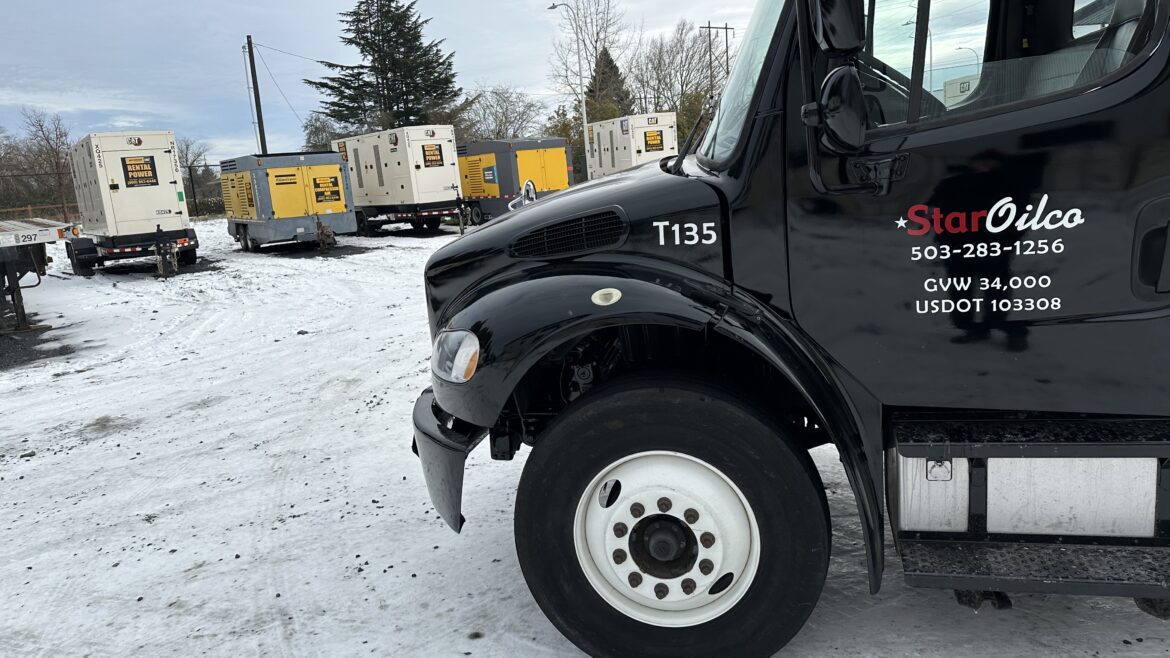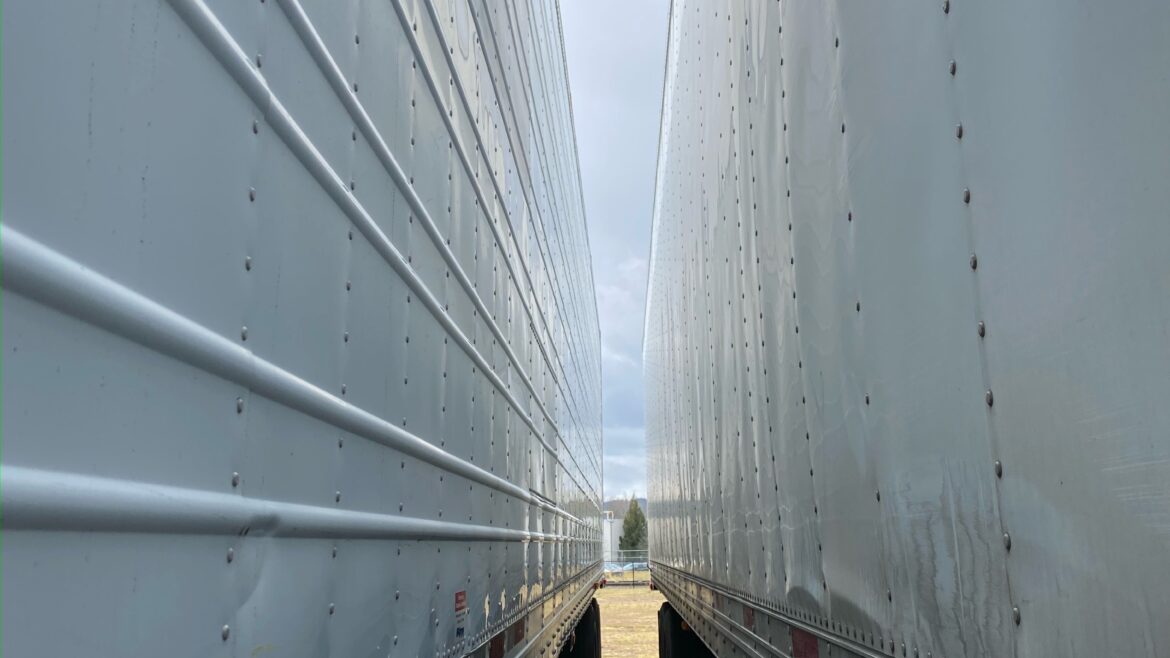Do You Need a Diesel Loaner Tank?
Did you know that Oregon allows temporary diesel tanks onsite for construction projects?
Order off-road diesel for your next construction project in the Portland, Oregon area and Star Oil will loan you a tank with your fuel purchase.
We also have routes to Longview, Washington and Salem, Oregon.

Take the headache out of fueling your construction project with a temporary tank on the jobsite.
Star Oilco’s goal as a bulk diesel provider is to keep things simple. Make them easy, predictable, and also get the best price for our customers. We love serving construction sites with our mobile, onsite wet-hose service. But we notice sometimes construction projects can sometimes be tricky to fuel.
Planning your project around fuel is not what anyone wants to do. We make it easy by planning for regular stops at a regular time married with bulk equipment to get your price under control.

Star Oil provides full-service diesel construction fueling, including DEF.
Make sure your diesel generators, light sets, water pumps, air movers, and other project critical equipment are topped off with diesel and DEF.
It can be difficult to keep a construction site fueled with the stops and starts of projects. The coordination required to keep everything moving full speed while adjusting for the unexpected down times caused by subs, permitting, or weather, can be overwhelming. To “keep things simple,” which is our company motto, we know that locating a bulk diesel fuel tank on your jobsite can simplify your project’s fueling complexity. This provides you with a few days worth of fuel when you need it, while also lowering your cost of fuel.
We find that our customers benefit from lower prices and increased up time by placing a temporary bulk diesel tank in their project’s yard. Call Star Oilco for bulk fuel delivery and ask us about our ability to place a tank on your jobsite in the greater Portland ,Oregon or Vancouver, Washington area.
On-demand fueling service available upon request.

Star Oilco provides you with single wall 275 gallon and 550 gallon tanks with 110% containment for your short-term construction product at no cost. 550 gallon UL142 Fuel Cubes are also available for longer-term projects or projects requiring the ability to crane a tank. Bigger tanks and card control options are available, too. Whatever your tank need is, we’ll find solutions and make construction fueling easy.
For more information call 503-283-1256, email Dispatch@StarOilco.net or let us know below.
![]()
Contact Form
Star Oilco also can provide fleet cards and wet-hose fueling service for your next project.
Star Oilco’s 6 Reasons to Use Wet Hose Fueling
Star Oilco’s 7 Ways to Stop Fuel Theft Before it Happens


























